President Donald Trump’s new partnership with Pfizer to sell drugs directly to consumers is being cast as a major win for patients. He’s right about the problem: healthcare and prescription drugs cost too much.
Families are struggling, and patients often face heartbreaking choices between groceries, rent and the medicines they need. But the proposed solution isn’t tackling the root of the issue. It risks exacerbating federal government failures that created this problem.
For starters, Pfizer is claiming that this new campaign is about lowering consumer costs. But it’s really about creating a cozy relationship with the government that nobody else can. Pfizer will gain special government profits, no-charge marketing from the most powerful voice in the world, and, perhaps most importantly, avoidance of the administration’s 100 percent section 232 tariffs on branded drug imports.
This is good for Pfizer’s investors, but it hurts the overall market, especially for smaller competitors and many patients. Imagine what that will do to an innovative company researching and developing a better, more affordable life-saving drug. It’ll deny that company opportunity, reduce drug supply for consumers, increase drug prices and disrupt drug supply chains.
In short, patients will pay more for worse access to critical drugs, even if the government-mandated direct-to-consumer plan does everything Pfizer and Trump say it will.
Then there’s the simple math on how much this new relationship could, under the most optimistic scenario, save consumers. The answer is… not much.
We spend about $5 trillion annually on healthcare. That staggering number is not just about doctors, nurses and medicines. As much as half of it – $2.5 trillion – is consumed by overhead: paperwork, compliance systems, licensing, mandates and bureaucratic red tape. Most of that has nothing to do with caring for patients, as at least 70 percent of these costs are likely wasted.
Retail and non-retail spending on prescription drugs account for about 15 percent of overall healthcare spending, totaling around $750 billion annually. Apply the same waste factor, and you get more than $260 billion of unnecessary costs tied up in regulation and bureaucracy. That is nearly two times the entire generic drug market of $139 billion, which is less than 20 percent of spending on prescription drugs.
So, even if the Trump-Pfizer agreement can save people 10 percent on generic drugs, it won’t make much of a difference to their bank accounts. The real financial challenges arise when more expensive, life-saving drugs are needed. And yet it’s those life-saving drugs that make up almost the entire debate surrounding the rising cost of prescription medications.
This “deal” isn’t a solution, just like the Medicare “negotiation” or the Most Favored Nation (MFN) Executive Order “solutions” didn’t solve any real problems. They simply followed the long-held, bipartisan pattern of inserting government even more into how drugs are made.
The path forward isn’t complicated, but it does require courage to take on Washington’s bureaucracy and other rent-seekers who want to create barriers for competition. If Trump – or others – wants to help make healthcare affordable while ensuring America remains the world’s leader in medical breakthroughs, the focus should be on deregulation.
That means eliminating the 70 percent of healthcare costs that fail basic cost-benefit tests, resisting new price controls like MFN, streamlining FDA approvals to speed up generics and biosimilars and restoring real competition throughout the system. On the demand side, giving patients more control through No-Limit Health Savings Accounts and private direct-pay or direct-to-consumer approaches could introduce the price discipline that nearly every other market enjoys.
America doesn’t need gimmicks or more central planning. It needs the freedom to innovate, compete and deliver care efficiently. Patients deserve a system where costs reflect value, where new drugs reach the market quickly and where politics don’t suffocate innovation.
Trump’s Pfizer deal will increase drug costs
Former Trump White House economist warns patients will suffer
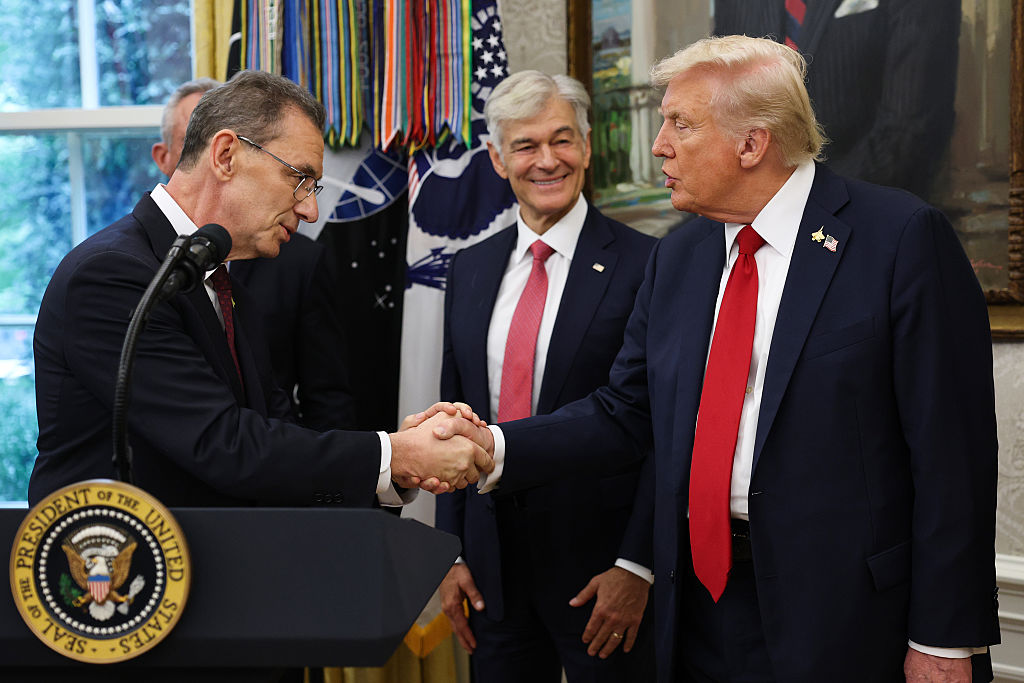
Donald Trump shakes hands with Pfizer CEO Albert Bourla as he announces a deal to lower Medicaid drug prices (Getty)
President Donald Trump’s new partnership with Pfizer to sell drugs directly to consumers is being cast as a major win for patients. He’s right about the problem: healthcare and prescription drugs cost too much. Families are struggling, and patients often face heartbreaking choices between groceries, rent and the medicines they need. But the proposed solution isn’t tackling the root of the issue. It risks exacerbating federal government failures that created this problem.For starters, Pfizer is claiming that this new campaign is about lowering consumer costs. But it’s really about creating a cozy relationship with the…









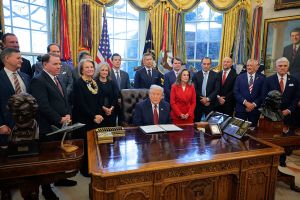

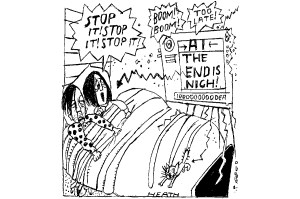
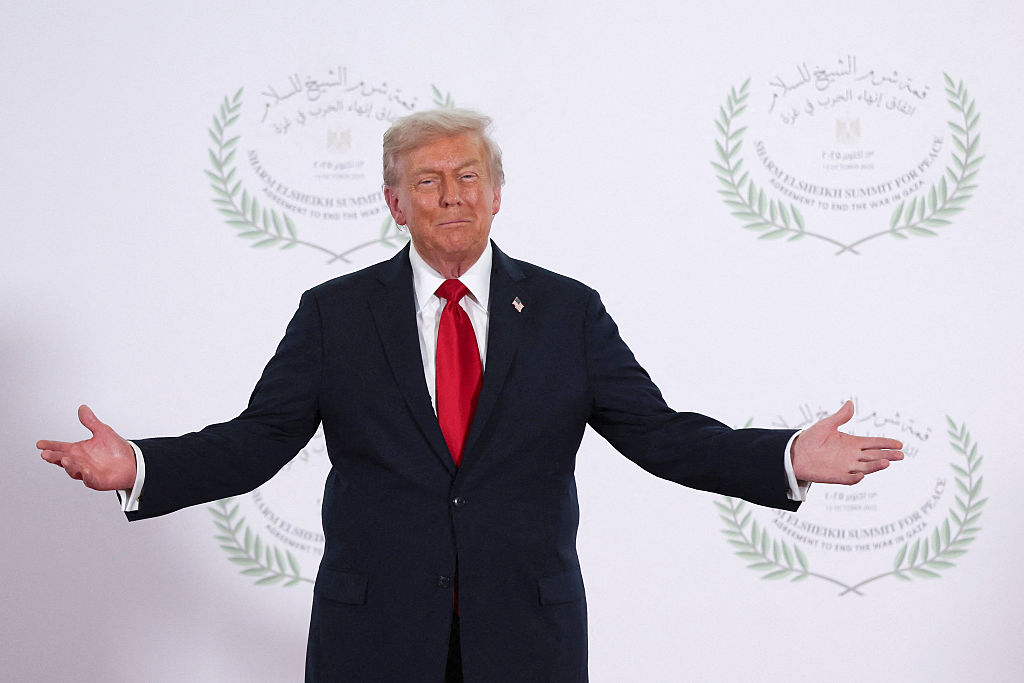
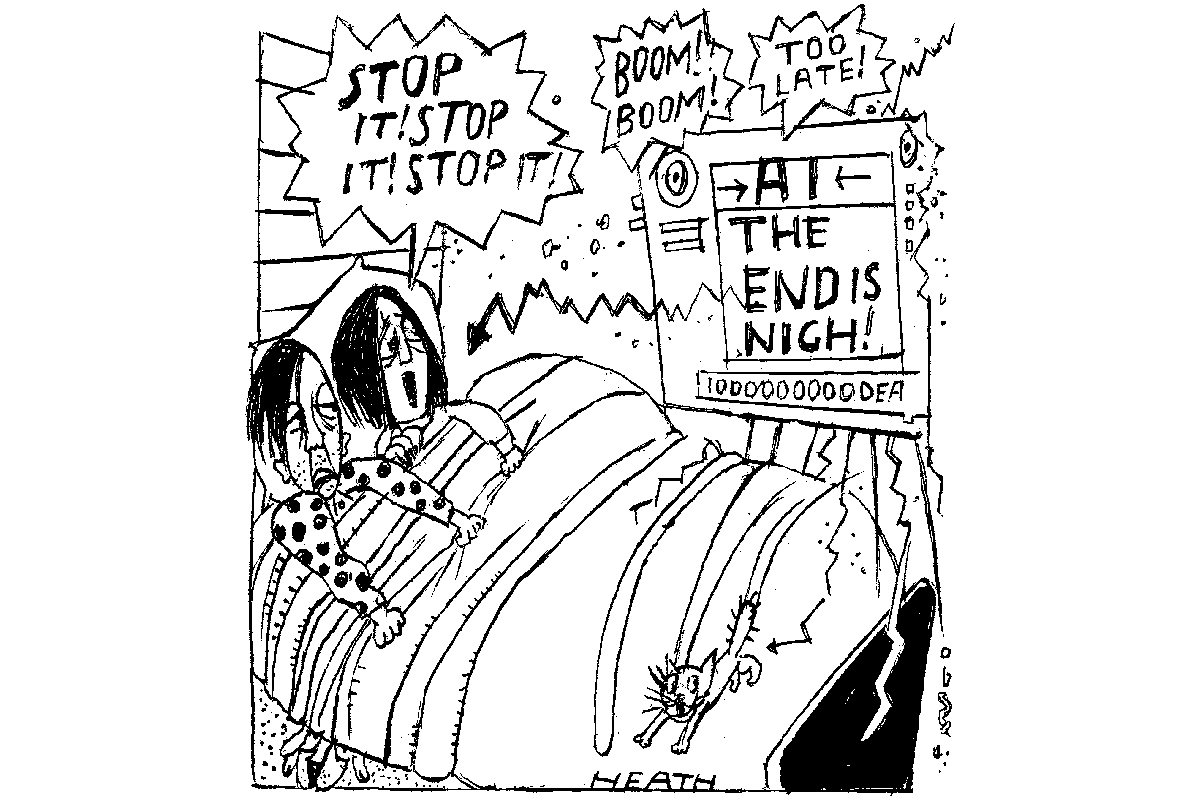
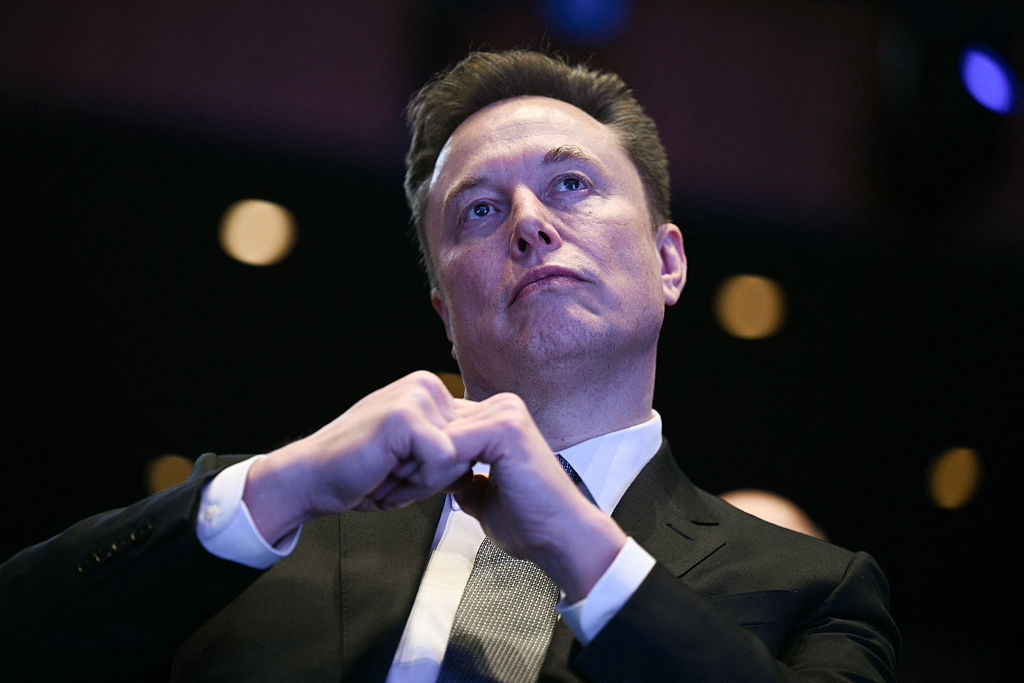
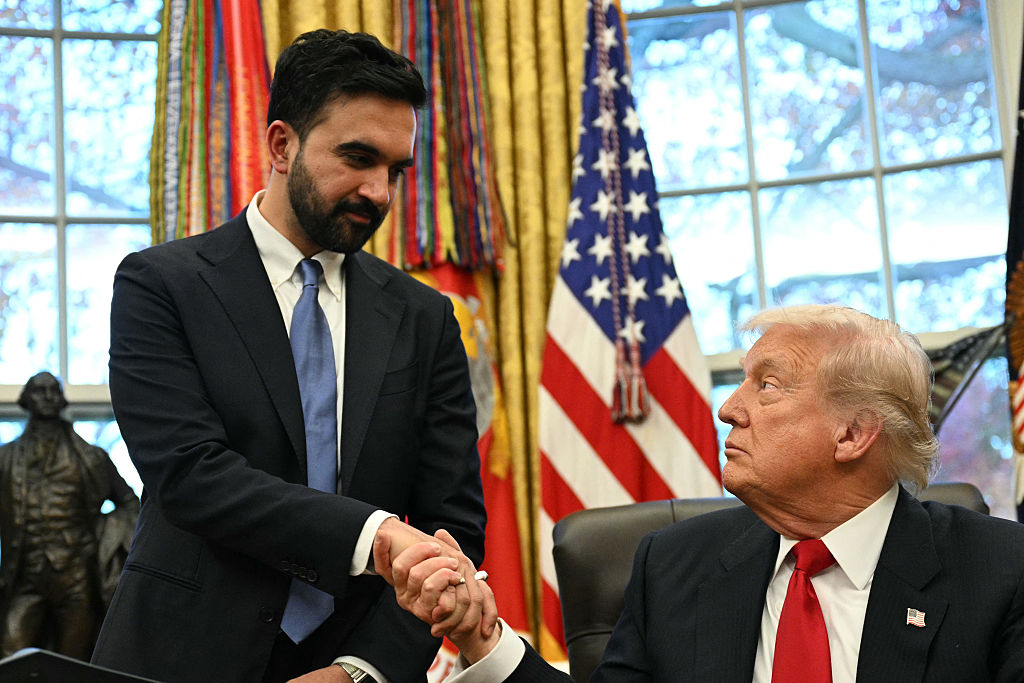
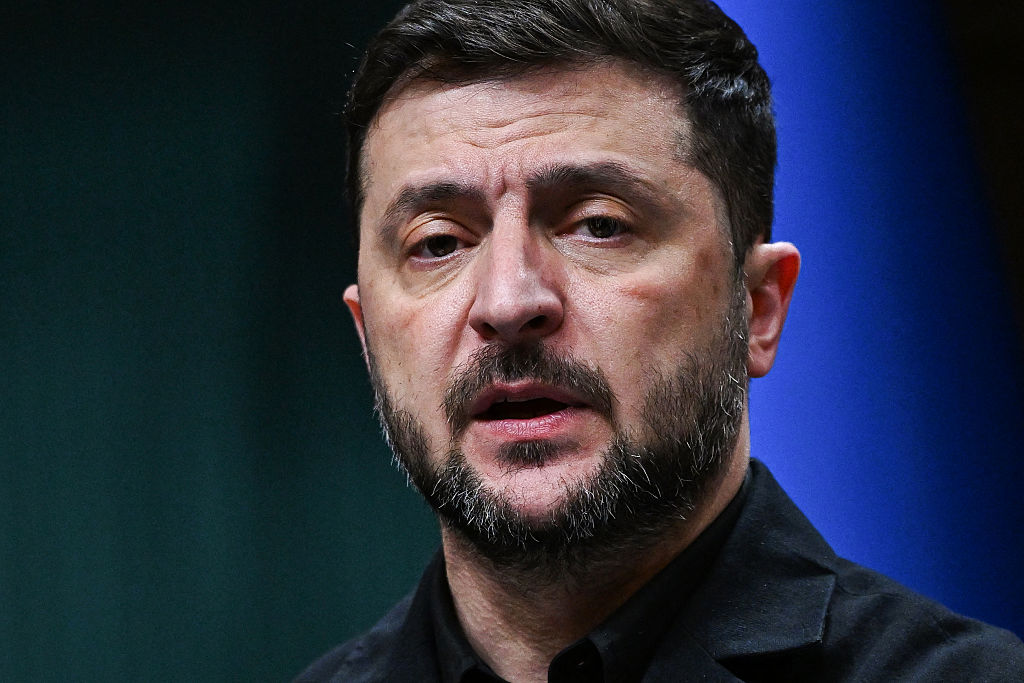
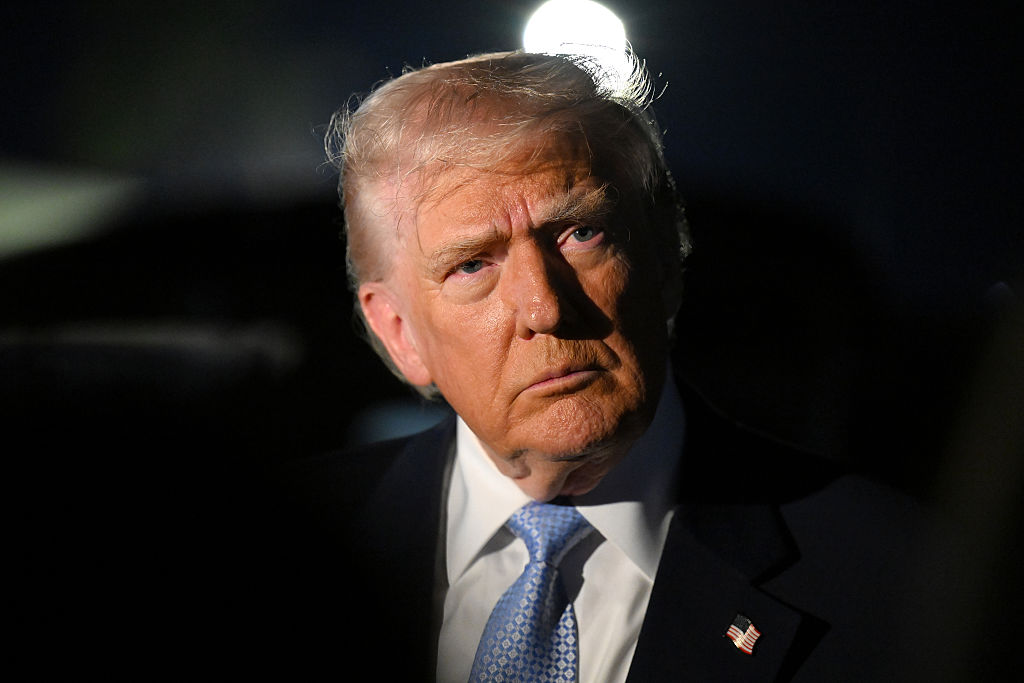

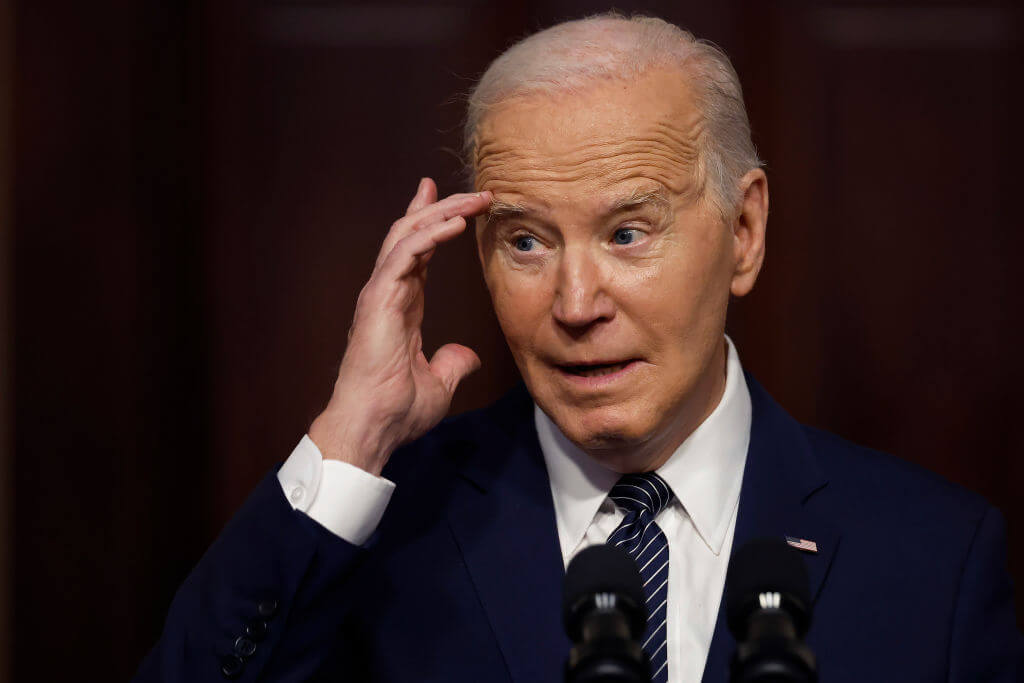



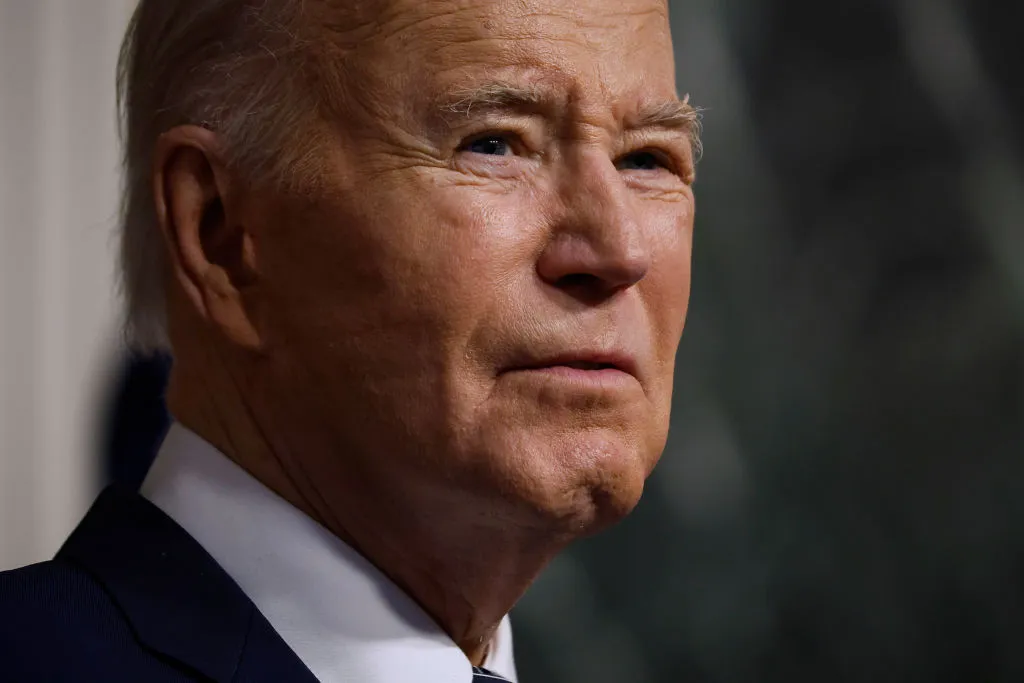

Leave a Reply